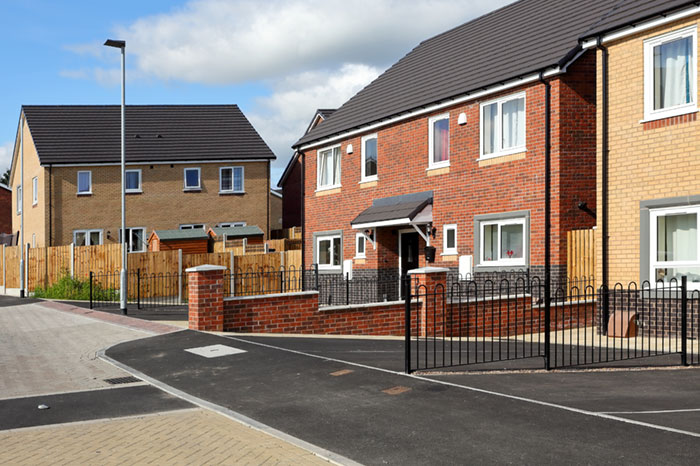With parking spaces in short supply in many London streets, it’s understandable that those lucky enough to have a front garden have paved over them to make room for a car.
However, paved non-permeable surfaces prevent rain from being absorbed into the ground, so instead the rain runs off the surface overwhelming drains, and causing floods.
But there are options available now that allow for parking as well as drainage…

Below we outline some of the more permeable approaches you could use on your driveway:
This is one of the cheapest permeable materials, and if you’re worried that the gravel will slide off your driveway you can used recycled plastic grids (sometimes known as ‘matrix pavers’) to hold the gravel in place.
This kind of hard surfacing is built to allow water to soak into the permeable material below. It looks just like traditional non-permeable paving.
If you want to make your front garden as green as possible, grass is an option. You can avoid it turning into a muddy mess by using grass reinforcement systems or wheel tracks made of hard surfacing for your car to drive over.
Even having a small amount of green space in your front garden means you have somewhere you can direct water to away from a non-permeable surface.

Making changes to your front garden may sound like hard work, but even adding in a small area for planting can make a difference when it comes to reducing the impact of flooding. But there are lots of other advantages too:
For more detailed information on permeable paving options see the Royal Horticultural Society’s permeable paving in front gardens webpage, and the Environment Agency’s Guidance on the permeable surfacing of front gardens.